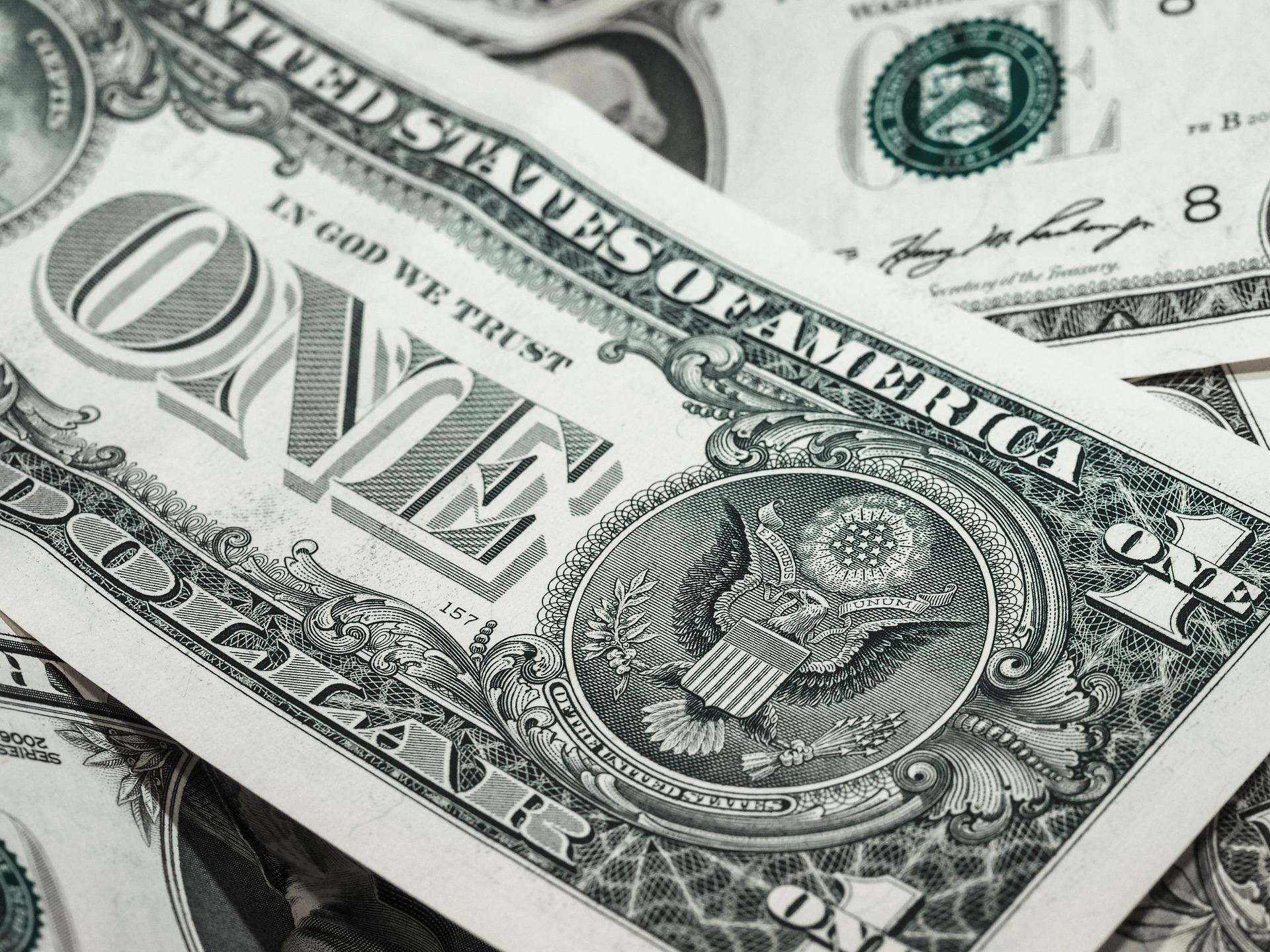
Over the past five decades, the global monetary landscape has undergone a profound transformation, especially when measured against gold. Since August 1971—the point at which the United States formally ended the dollar’s convertibility into gold under the Bretton Woods system—fiat currencies have seen significant declines in value relative to gold.
The US Dollar, once the cornerstone of global finance, has lost approximately 98.94% of its value against gold. This represents the second-largest decline among major world currencies.
The British Pound has experienced the most substantial depreciation, falling by about 99.42% against gold since 1971.
Although the Euro was only introduced in 1999, its hypothetical performance since 1971 suggests a 98.76% loss in value when measured against gold.
The Japanese Yen has declined by approximately 97.47%, while the Swiss Franc—long considered a relatively stable currency—has depreciated by about 94.85%.
In contrast, gold prices in US Dollar terms have surged by nearly 1,000% during this same period, reinforcing gold’s historical role as a store of value and a hedge against currency debasement.
As inflationary pressures, expanding debt, and aggressive monetary policies continue to shape the global economic environment, these long-term trends underscore a critical truth: while fiat currencies can lose value over time, gold remains a resilient preserver of purchasing power.
Disclaimer:
This article is for informational purposes only and does not constitute financial advice. Please consult with a professional advisor before making any investment decisions. The data presented is sourced from publicly available materials and is believed to be accurate at the time of publication.




